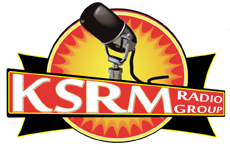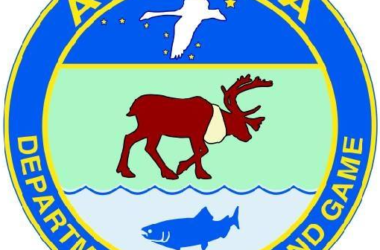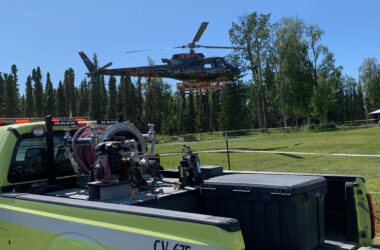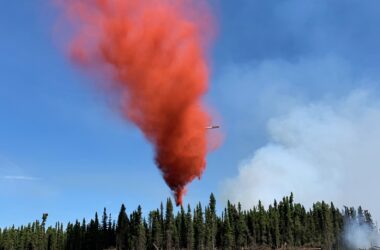Southcentral Alaska continues to see impacts from an ongoing spruce beetle outbreak that has affected more than 1.1 million acres across the region, according to the Alaska Division of Natural Resources – Division of Forestry. While the outbreak has subsided in some areas, many areas continue to experience steady or increasing beetle activity.
Spruce beetles, which are native to Alaska’s forests, feed and reproduce in spruce trees. All native spruce species and most ornamental species of spruce are suitable hosts for spruce beetle. Jessie Moan, Entomologist with the U.S. Forest Service, “Spruce beetles become active with warmer spring temperatures. Adult beetles typically start to emerge from their host trees once temperatures reach around 60 degrees.”
Adult beetles emerge from their host trees to seek out and attack new trees during their flight period, which typically occurs from May to July. Forest health professionals recommend that landowners avoid cutting live spruce trees during this period. If spruce trees need to be removed during the flight period, the trees should be processed as quickly as possible. Moan said, “Once the beetles start their flight period, it’s important for landowners to keep an eye on their spruce trees for signs of infestation. Even spruce trees that look green and healthy should be regularly checked during this time.”
Some signs of infestation include reddish-brown boring dust at the base of a tree and in bark cracks, and reddish- or yellowish-brown pitch masses on the tree trunk indicating attack sites.
For trees showing signs of spruce beetle infestation, property owners should consider taking steps in the fall and winter that will disrupt the beetles’ ability to complete their life cycle and emerge to infest nearby trees, such as removing the infested trees and processing them before the following spring.
For Alaska-specific spruce beetle information, including management tactics, signs and symptoms of spruce beetle attacks, beetle biology, and more, visit www.alaskasprucebeetle.org. Additional information is available from U.S. Forest Service, Forest Health Protection at https://www.fs.fed.us/foresthealth/ or the Alaska Division of Forestry, Forest Health Program at http://forestry.alaska.gov/insects/index.






